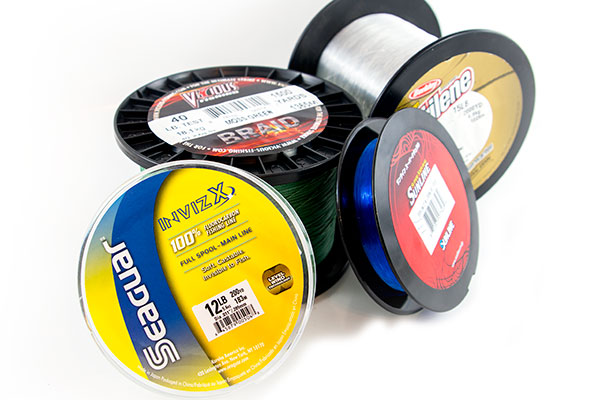I’m fond of saying, “Time on the water is its own reward.” It’s a reminder that despite what you caught or didn’t catch, each time on the water has value. It yields opportunities to learn something new. When you begin to understand the finer points of what the fish are looking for, then you can adapt your gear to give them the proper presentation to up your odds of getting bit and catching more fish.
A basic part of the equation is understanding what line to use. Different lines have different characteristics. These characteristics can be good or bad, depending on the situation at hand. This article from Wired2Fish will give you a head start in understanding how to choose a bass fishing line.
An angler’s bass fishing line is the most critical link between them and the bass. So it stands to reason the more you know about fishing line, the more prepared you will be to address the conditions you face when finding and catching bass.
There are three basic types of fishing line as it relates to bass fishing. They include monofilament, fluorocarbon and braided fishing line. Each has qualities and properties that make them useful for different situations. But each also has potential drawbacks that can impact their effectiveness in certain situations.
Beyond that understanding line diameter, pound test, stretch and abrasion resistance will help you understand which line to choose and why.
Photos: Wired2Fish



















![The Best Deer Camp Chili [VIDEO] Deer Chili Ingredients, Tomatoes, Chili Spices](/wp-content/uploads/2015/10/Deer-Chili-Deer-Camp-Recipe-218x150.jpg)
![How to Call Elk Early in the Season [VIDEO]](/wp-content/uploads/2016/08/byers003-218x150.jpg)




![Idiots Disturb Hunter: How Would You Have Handled It? [VIDEO]](/wp-content/uploads/2015/10/DSC00110-e1474487693878-100x70.jpg)
![Albino Buck Shocked to Shed His Antlers [VIDEO]](/wp-content/uploads/2015/10/AlbinoDeer-100x70.jpg)